Pushing through Earth’s atmosphere for an unaffected view of space has been the foundational challenge for ground telescopes for hundreds of years. Adaptive Secondary Mirrors (ASMs) are an ingenious solution – manipulate the mirror surface to correct the negative atmospheric affects.
Most commercially available ASMs, also called deformable secondary mirrors, are smaller than 65 centimeters, or 28 inches, in diameter. That means they are not installed on larger ground-based observatories like the University of Hawaii 2.2-meter telescope, which is also known as the UH 88-inch telescope, or UH88. L3Harris is producing an ASM that will fit the UH 2.2-meter telescope and allow the observatory to operate with corrections for atmospheric turbulence, thermal affects and other factors that degrade the images. This will result in more clarity than is currently achievable in similarly situated ground-based telescopes.
The ASM UH 2.2-meter telescope project is an international collaboration among L3Harris, UH and three Dutch groups involved in telescope technology. The project lead is the Netherlands Organisation for Applied Scientific Research (TNO), a Dutch independent research organization focused on industrial innovation. Two private Dutch companies round out the project group – VDL and Hyperion Technologies. The U.S. National Science Foundation is providing funding for the effort, along with the government of the Netherlands. The UH 2.2-meter telescope will serve as a testbed for the technology, sharing data with the other stakeholders to refine and perfect the mirror. Ultimately, similar ASM technology will be available for other large ground-based observatories around the world.
Yes, we retrofit legacy systems (e.g., GE Frame 5, Siemens V94.2) with modern digital controllers, typically completing hardware integration within 4-8 weeks. Software migration requires additional validation time.
We recommend annual performance testing under ISO 3977-2 standards. Critical applications (e.g., offshore platforms) may require semi-annual tests with emissions compliance checks.
All rad-hard devices (e.g., FPGA, ADC) are QML Class V certified under MIL-PRF-38535 and tested to MIL-STD-883 Method 1019 for SEU tolerance. Full qualification reports are available upon request.
Our ASICs and power management ICs operate across -55°C to +175°C ambient temperatures, with derating curves provided in military temperature range (MTR) datasheets.
Our PMA parts (e.g., actuators, sensors) hold FAA/EASA Form 1 certification and match OEM form/fit/function. Installation requires SB/MB documentation per FAA AC 23.1529.
All NAS/MS fasteners include full DNA traceability: melt source (AMS 2301), heat/lot numbers, and AS9100-compliant MTRs with ultrasonic test reports.
AOG orders ship within 4 hours for stocked items (FAA-PMA, EASA Part 21G). Non-stock critical parts trigger priority manufacturing with 72-hour max turnaround.
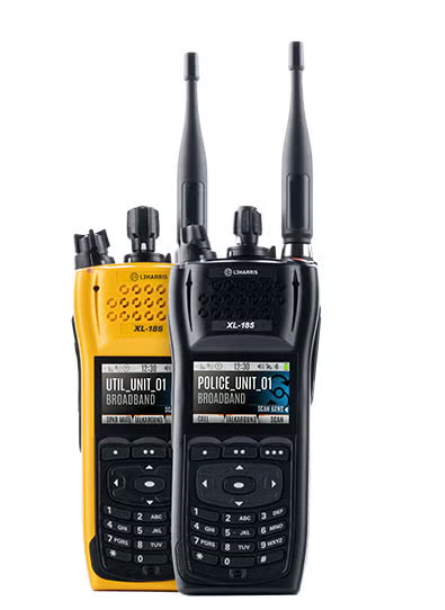
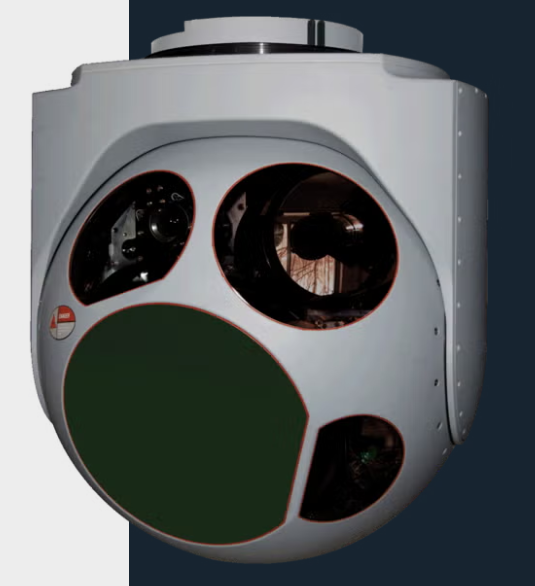
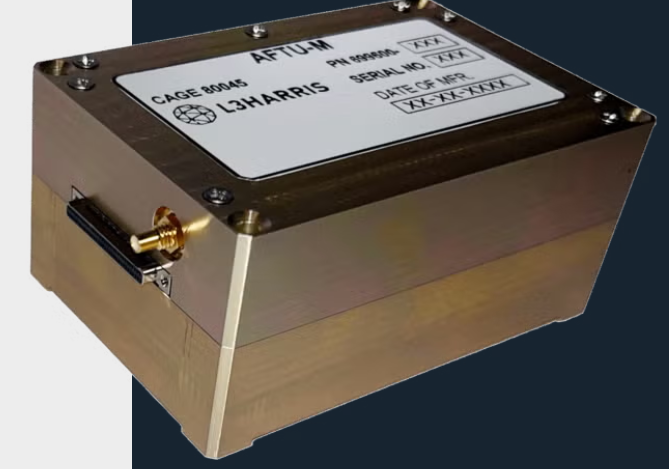
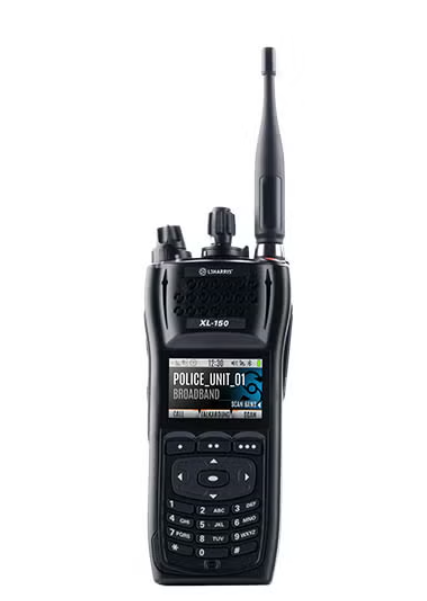
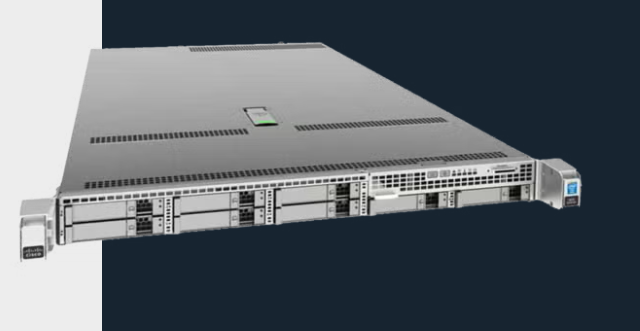
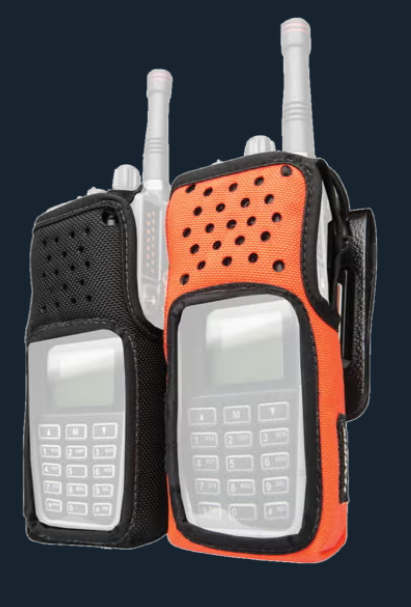
 Gas Turbine
Gas Turbine
 Aircraft parts
Aircraft parts